A Level Geography Iceland trip
Here is a little review of what our A Level Geography students have been up to during their trip to Iceland.
Day 1
The first day has gone very well with an impromptu comment from a member of public in the airport on how well behaved the students were, and they were “a credit to us”!!
Students have visited the Reykjanes peninsula and the Bridge Between the Continents where the Eurasian plate is moving eastwards and the North American plate is moving westwards – walking in the 20ft rift and 60ft long.
We also made a stop at the Stampar Craters which were formed in 1211-1240 which are a series of craters lying along a volcanic fissure in a SW-NE.
Towards the end of the day, students visited the Gunnuhver Hot Springs, mud pools and steam vents. The name of the area comes from a legend about an angry female ghost, Gudrun. A priest trapped her spirit in the hot springs 400 years ago. Iceland’s largest mud pool resides at Gunnuhver; it is 20 meters (65 ft) wide of violently boiling earth. A unique characteristic of the Gunnuhver hot springs is that the groundwater here is 100% seawater, unlike other geothermal areas on the island. Colourful minerals in the ground provide vibrant hues. The ground temperatures here are over 300°C.
Day 2
After weeks long series of Earthquakes, since the 19th of March 2021, there is a new volcano in Iceland. It is also the first eruption on the Reykjanes peninsula after long 800 years. Students got to walk on the solidified lava and observe the flow journey from the crater. They then visited the mud puddles at Seltun, a geothermal area in Krýsuvík which is one of the most striking landscapes in Iceland. Steam dominates the area with volcanic vents, fumaroles, mud pots and boiling hot springs. The green hills are painted in earthy colours of golden brown, red, pink, blue, yellow, white and grey.
The students spent the afternoon in the capital city of Reykjavik and then swam in a geothermally heated swimming pool. A great day was had by all.
Day 3
Today has been an action packed day starting with a visit to the Lava Centre where students learnt about volcanoes and Earthquake with interactive displays of nature's epic forces, including earthquake simulation.
Students then travelled to Skeljalandsfoss waterfall, part of the river Seljalandsá, has its origins underneath the glacier Eyjafjallajökull. The volcano beneath this ice cap was the one that erupted in 2010 and caused havoc at airports across Europe.
Next was a visit to Reynisfjara, a world-famous black-sand beach found on the South Coast of Iceland, and the settlement of Vik í Myrdal, which is the southernmost village on the mainland of Iceland. With its enormous basalt stacks, roaring Atlantic waves, and stunning panoramas, Reynisfjara is widely considered to be the most beautiful example of Iceland’s black sand beaches. It has an interesting phenomenon of ‘sneaky waves’ which caught the odd student out which ended with soggy feet and boots!
A highlight of the day was a visit to the Sólheimajökull glacier. It is a beautiful outlet and the most accessible glacier from Reykjavík. It is also known for being the Glacier of Fire & Ice, because of all the ashes covering and mixing up with ice from the previous volcanic eruptions. Underneath the glacier lies an active volcano Katla, which erupted last time in 1918.
Lastly students visited a second waterfall of Skogafoss. Most students climbed the 370 steps to the top of the waterfall and were rewarded with an awe-inspiring view out over south Iceland’s coastline. Standing at 60 meters (197 ft) tall, the heavy veil of water was impressive, and we were enveloped in a cloud of spray, sound and refracted light. Due to the amount of spray the waterfall consistently produces, a single or double rainbow which was visible during our visit which you can see in some of the photos below.
Day 4
The day started with a visit to the oldest swimming pool in Iceland, the Secret Lagoon known locally as Gamla Laugin. It was made in 1891 at Hverahólmi, a geothermal area near Flúðir. Students got to relax in the geothermally heated hot spring for over an hour at temperatures of approx. 48 degrees.
Second stop was the spectacular Gulfoss Waterfall on the Golden Circle, Gullfoss with its two separate waterfalls; the upper one has a drop of 11 meters and the lower one 21 meters. The rock of the river bed was formed during an interglacial period with the water flowing over Gullfoss at an average rate of 109 cubic meters per second. The heaviest floods have recorded a flow of 2000 cubic meters per second.
We then paid a visit to Geysir where students got to observe geyser’s in action every 5 minutes. Strokkur erupts more regularly than Geysir ever did, blasting water to heights of around fifteen to twenty metres every five to ten minutes, although it is known to reach up to forty metres.
One the way back to our hotel, we were stopped at a family run ice cream parlour using locally sourced milk, for a little treat! Lastly, we visited the UNESCO heritage site of Thinglevir National Park where students walked the rift between the two divergent plates (Eurasian & North American plate).


.jpg)
.jpg)
1).jpg)
.jpg)
.jpg)
.jpg)
1).jpg)
.jpg)
.jpg)
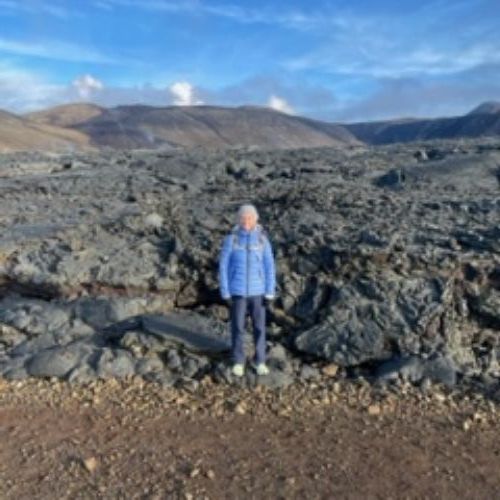
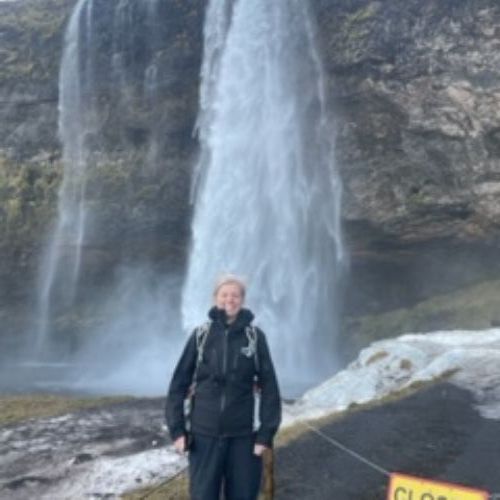
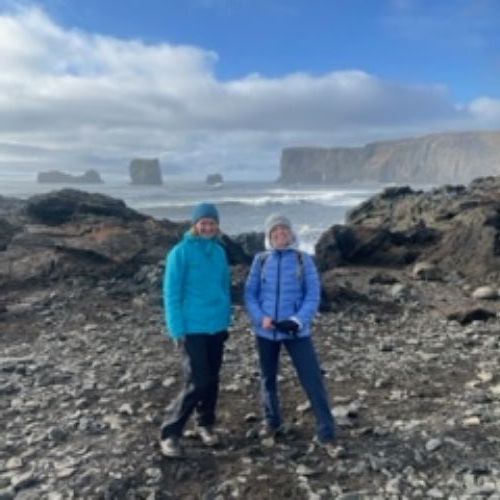
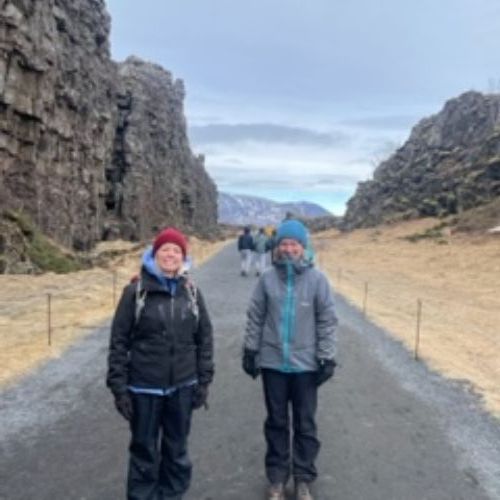
.jpg)
.jpg)
.jpg)
.jpg)
.jpg)
.jpg)
.jpg)
.jpg)
.jpg)
.jpg)
1).jpg)
.jpg)
.jpg)
.jpg)
1).jpg)
.jpg)
.jpg)
.jpg)
1).jpg)
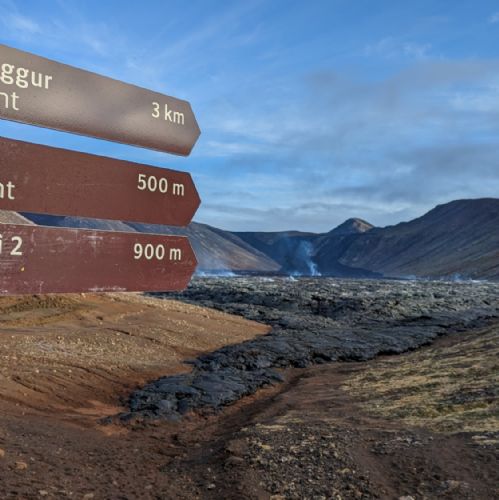
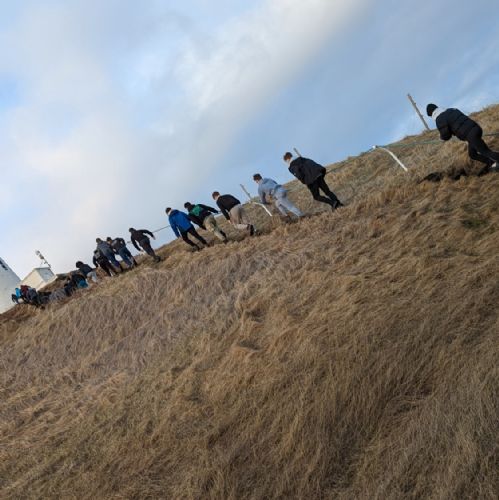
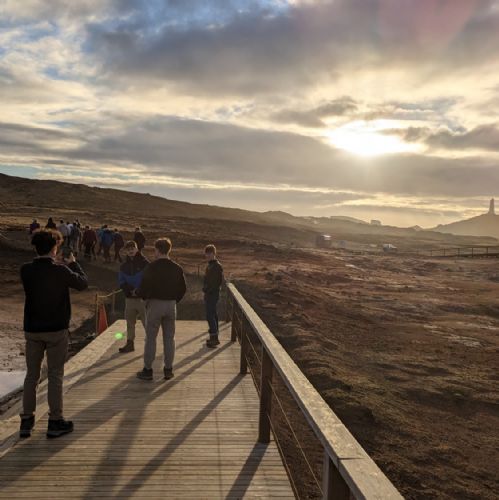
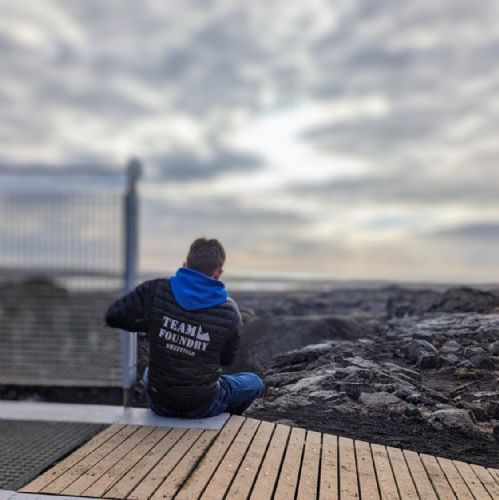
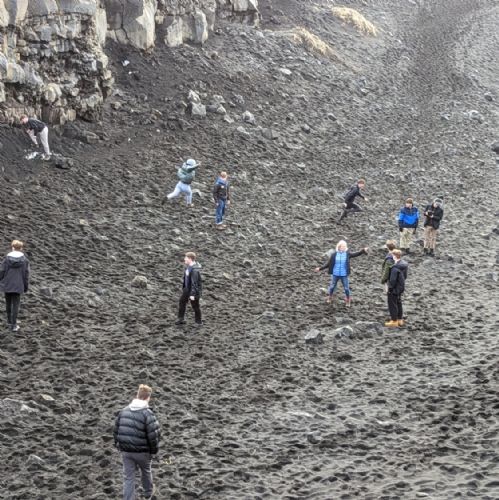
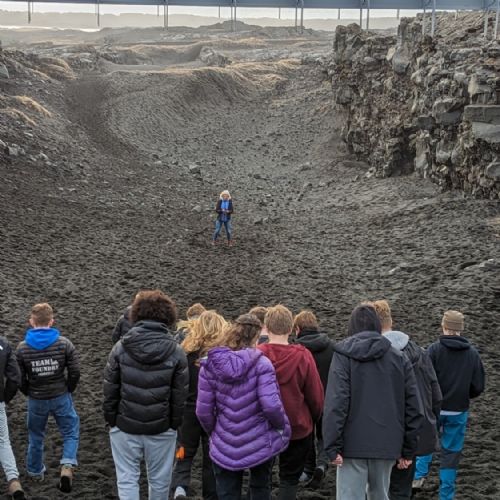
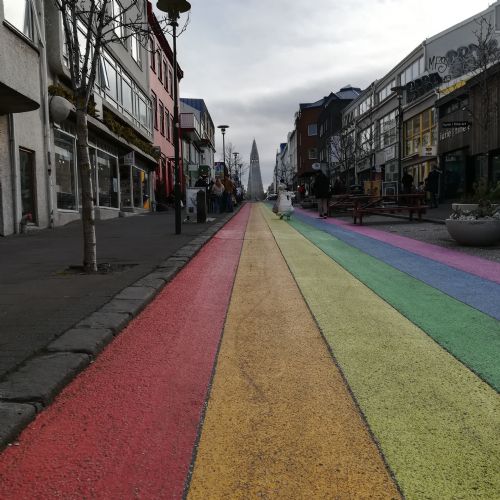
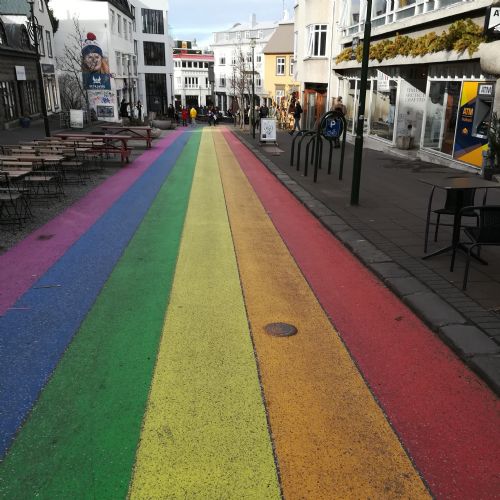
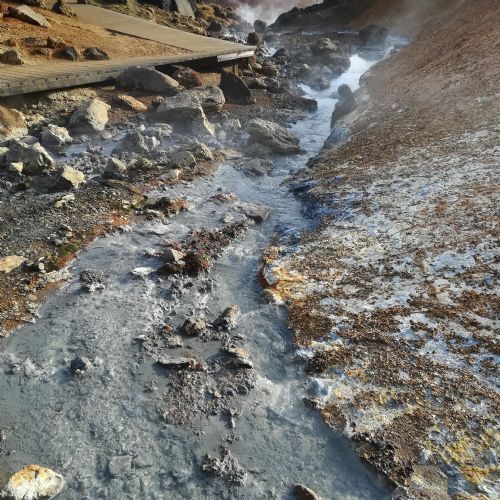
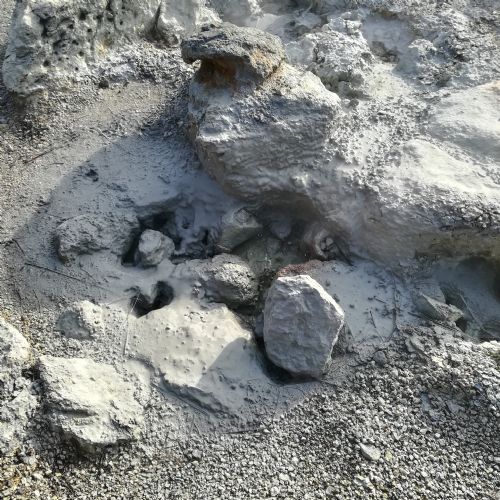
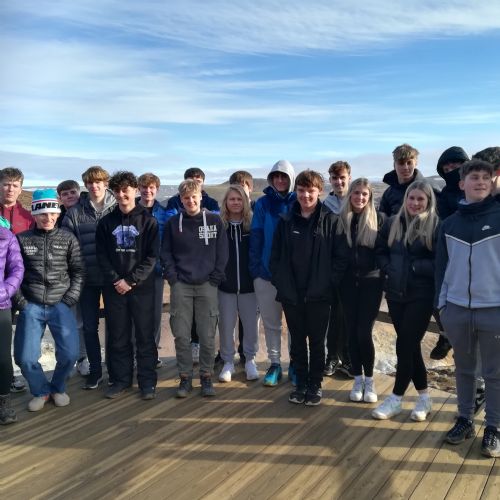
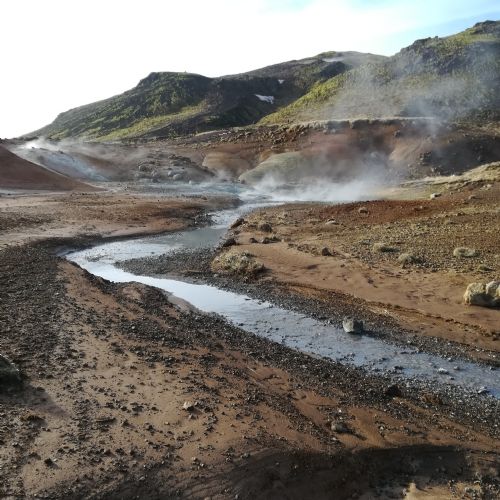
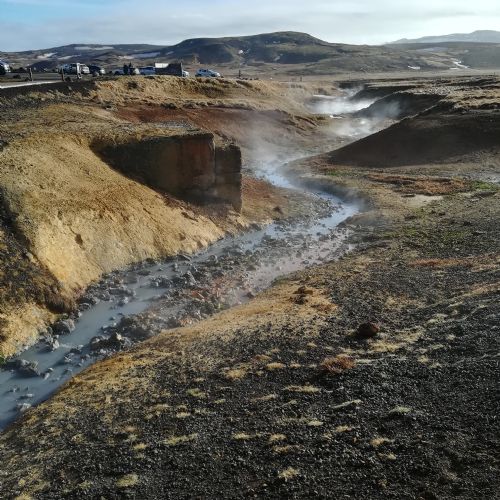
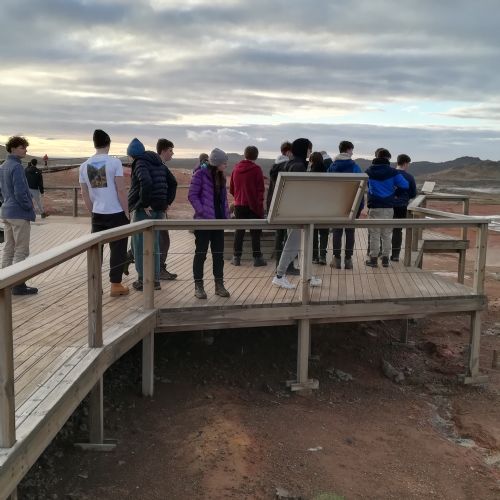
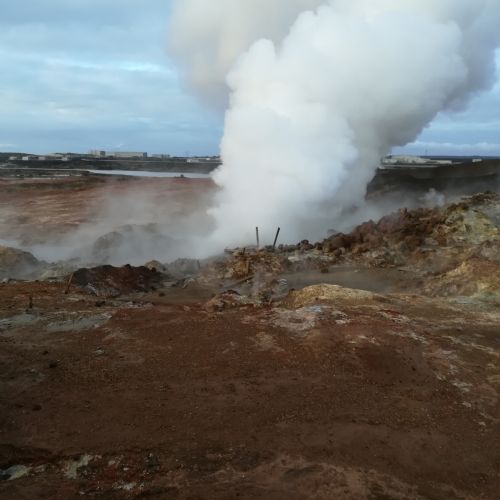
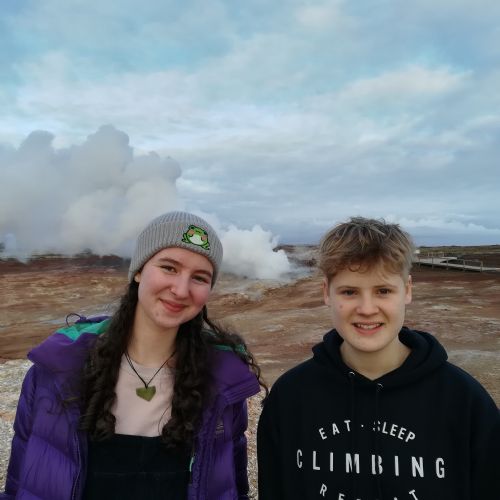
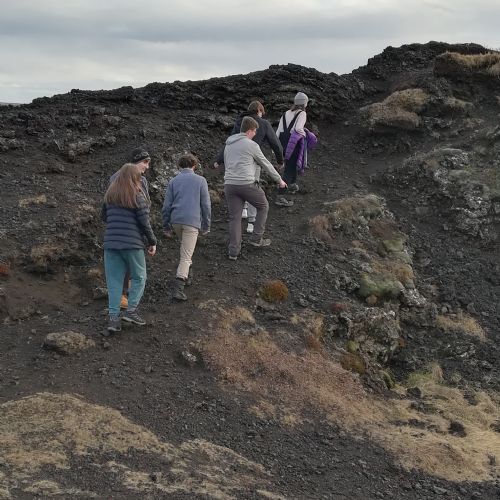
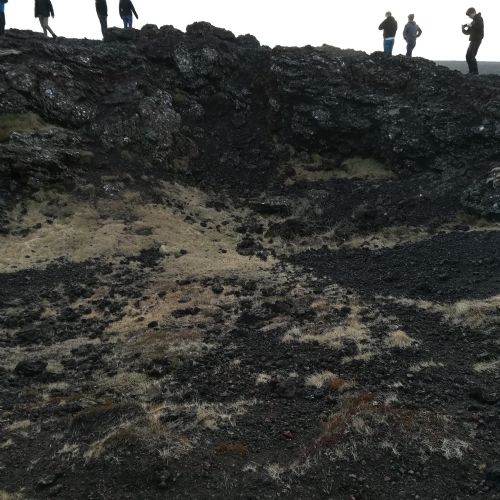
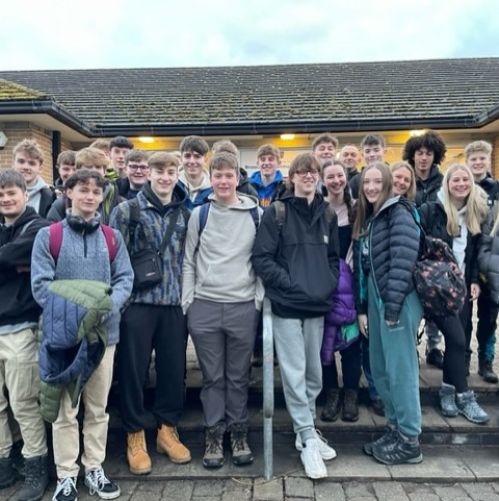
.jpg)
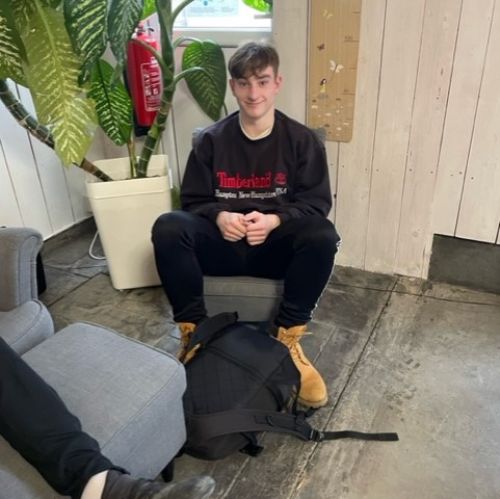
.jpg)
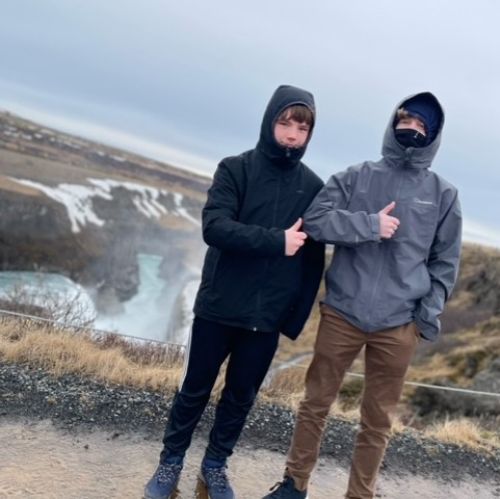
.jpg)
.jpg)

.jpg)
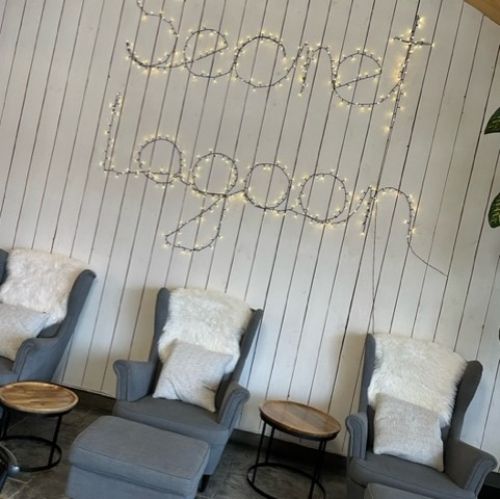
.jpg)
.jpg)
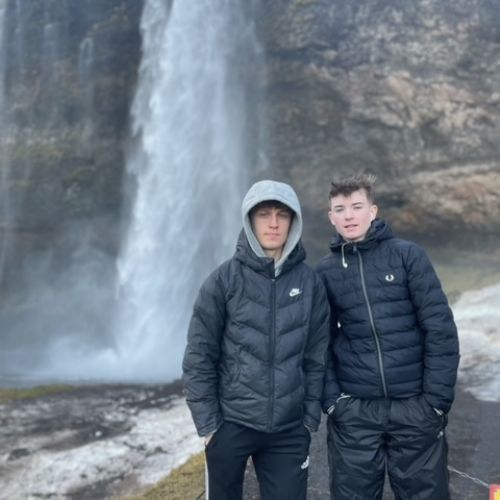
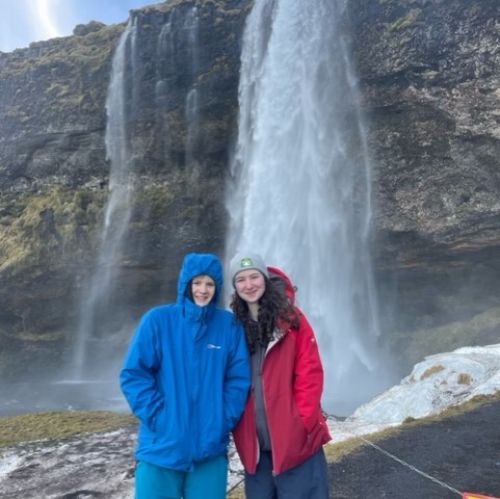
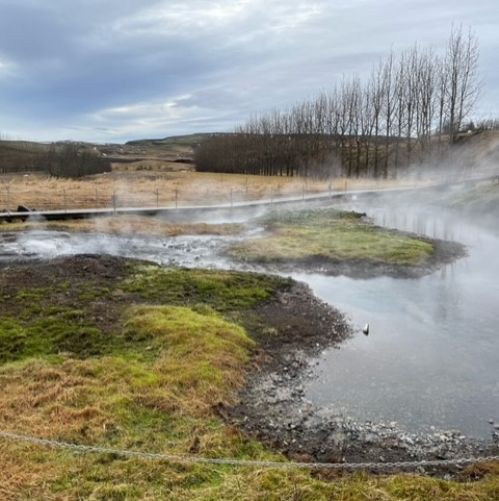
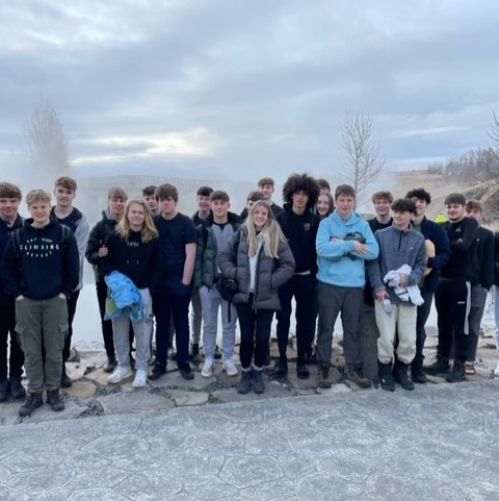
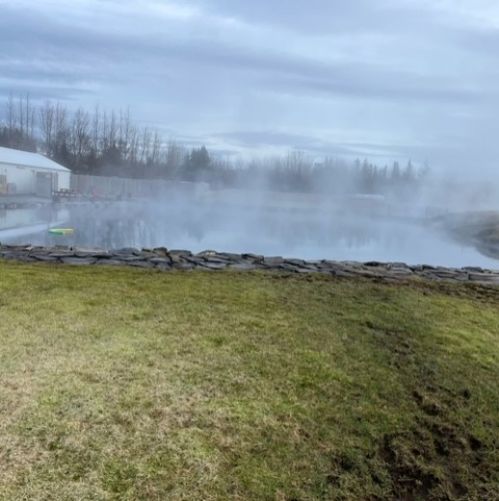
1).jpg)
.jpg)
.jpg)
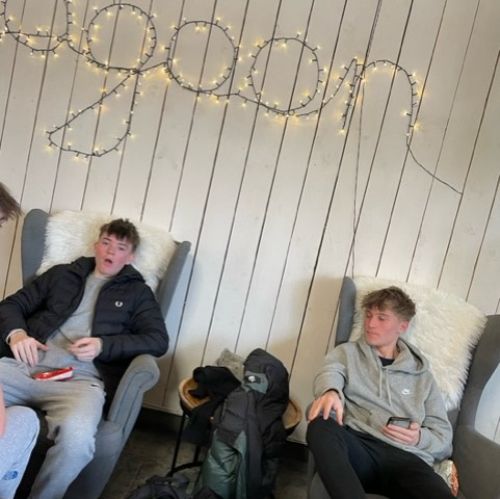
.jpg)